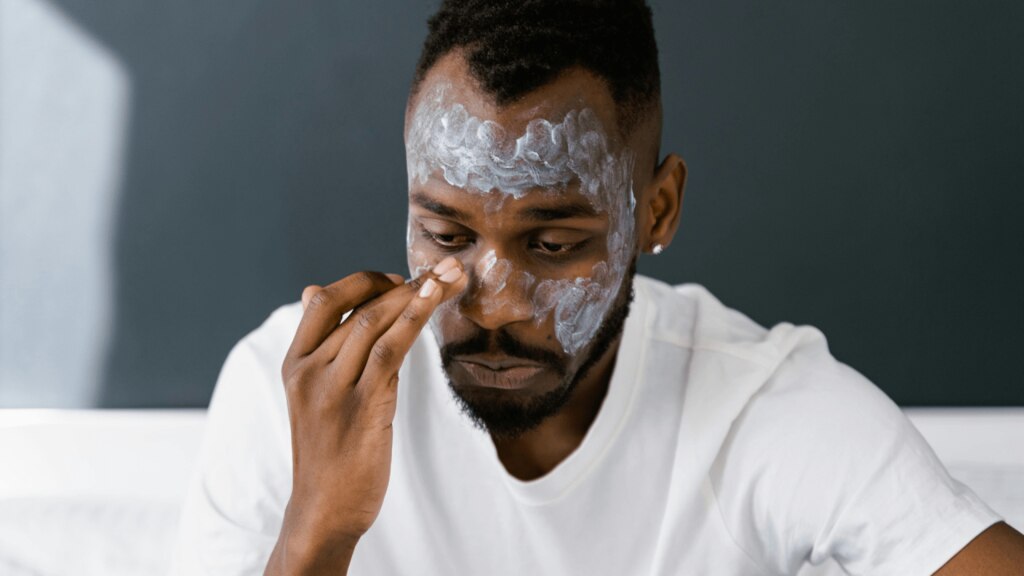It’s time to get serious about men’s health – cancer diagnoses are increasing… why?

More men need to prioritise their health. Pic: Getty Images
Despite living in the most advanced era of modern medicine and scientific research, the prevalence of cancer diagnoses in Australian men continues to rise. Here’s what’s behind the troubling trend.
Words by Mia Erickson for Body and Soul

While not always the most fun topic to delve into, our health is by far our most important asset. Knowing how to properly monitor and protect our mental and physical health is crucial for all Aussies, so why are so many men failing to prioritise them amidst the hustle and bustle of daily life?
While there’s no doubt advancements in detection technology and screening methods, as well as the impact of our growing (and ageing) population have caused the number of cancer diagnoses to rise, experts say one of the main reasons the rates of cancer diagnoses and fatalities in men are so high is due to a lack of proactiveness when it comes to their health.

In Australia, the most common cancers men experience (and sadly succumb to) are prostate cancer, colorectal cancer, lung cancer and melanoma. The latter, in particular, has caused more than twice as many fatalities in Aussie men than women.
Despite our drastically improved messaging around the risks of sun exposure, incidence rates of the deadly skin cancer have risen from 53 cases per 100,000 people to roughly 70 cases per 100,000 people in the last 25 years.
Breaking down the stats by gender, women accounted for 56 cases per 100,000 in 2024, while men accounted for 86 cases per 100,000. The numbers, as harrowing as they are, reflect a common pattern in cancer diagnoses in men.

Why men need to take proactive healthcare seriously
Compared to women, there are far fewer guidelines regarding male-specific diagnoses and screening methods, a medical reality that experts say has encouraged men to be less proactive about their health in general.
“Men tend to think less about regular preventive care because there’s not a lot of guideline-based preventive care for men compared to women,” Dr Victor Quan, a dermatologist at Northwestern Medicine, tells the New York Post.
Even for concerns and symptoms not specific to gender, such as skin checks to monitor the growth rate or sudden occurrence of concerning marks that could indicate skin cancer. The dermatologist says it’s far more likely that his female patients will take a proactive approach, while his male patients tend to only visit when a symptom has already manifested – which for many men is far too late.

“In general, I see more women making appointments for regular preventive visits,” he says. “Men tend to come in when they or often, when their partner, notices a new or changing spot.”
In his professional experience, male patients tend to ignore concerns for longer, putting their health at higher risk and potentially minimising the likelihood of successful intervention and treatment. “Men sometimes do come in with skin cancers that are larger or more progressed,” says Dr Quan. “Sometimes, they don’t know what skin cancers look like – that they don’t have to be ugly moles but can be warts, pimples or scaly spots that are just not healing.”

One 2018 study published in JAMA Dermatology concluded that men are 34 per cent less likely to visit a dermatologist than women.
And it’s not just signs of skin cancer that men aren’t addressing, with many men having avoided any kind of visit to a doctor for their entire adult lives.
In addition to putting off regular skin checks and check-ins with their health practitioners, men are far less likely to wear adequate SPF, with many largely ignorant of the importance of proactive daily protection.

“Men tend to know less about the importance of sun protection – such as that a base tan does not protect you from UV damage,” the dermatologist continues.
“Sun protection is so normalised for women, since so many cosmetic products now have SPF built in, whereas men are not using make-up, moisturisers or other products on a daily basis.”
As a result, men have been found to be more likely to develop skin cancer of the face, scalp and neck – areas that a high percentage of women will protect with daily SPF-infused products.

Just last week, actor and professional wrestler John Cena revealed he had had two cancerous spots removed from his shoulder and pec, a shocking medical revelation that has caused the WWE star to reassess his approach to sun safety.
“Man, that phone call’s not what you want to get because it is unpredictable and you don’t know how bad it’s going to be,” Cena reveals in an exclusive interview with People.
Revealing he never wore sunscreen growing up and throughout adulthood, Cena says he had a very laissez-faire attitude to sun protection – something he shares with many men.
“I didn’t want to have a routine and I also thought the problem would never reach me. And it’s one of those things where I had a ton of exposure with minimal protection and it caught up with me,” he says.

Following his shock diagnosis and fortunate success with treatment, Cena has become an advocate for daily SPF wear, encouraging men to take a proactive approach to minimising their risk of developing skin cancer.
“I give men the same advice that I give women, that sun exposure is the biggest modifiable risk factor for skin cancer,” Quan adds, sharing that taking a few extra seconds each day to apply a protective product could make all the difference in the long run.
“I’m not asking them to stop all their outdoor activities – just to make the benefits of small habits add up over a lifetime. Every little bit counts. It compounds just like investments do.”
This article first appeared in bodyandsoul.com.au as Cancer diagnoses in men are increasing, and this simple reason is to blame.
Related Topics

UNLOCK INSIGHTS
Discover the untold stories of emerging ASX stocks.
Daily news and expert analysis, it's free to subscribe.
By proceeding, you confirm you understand that we handle personal information in accordance with our Privacy Policy.








